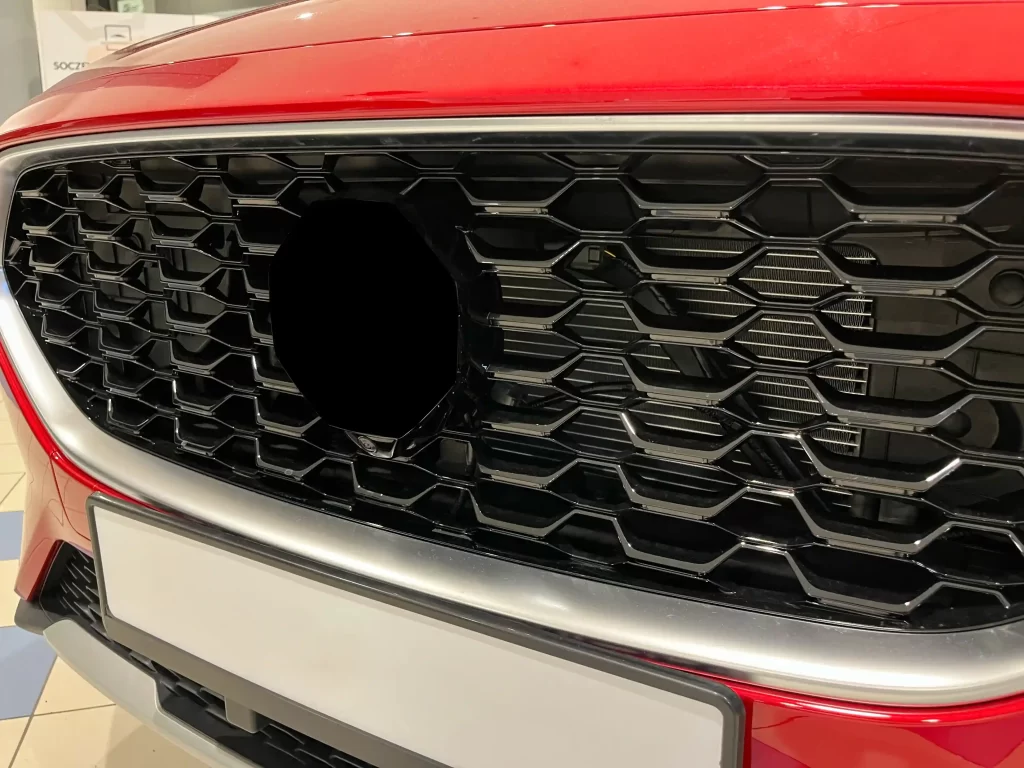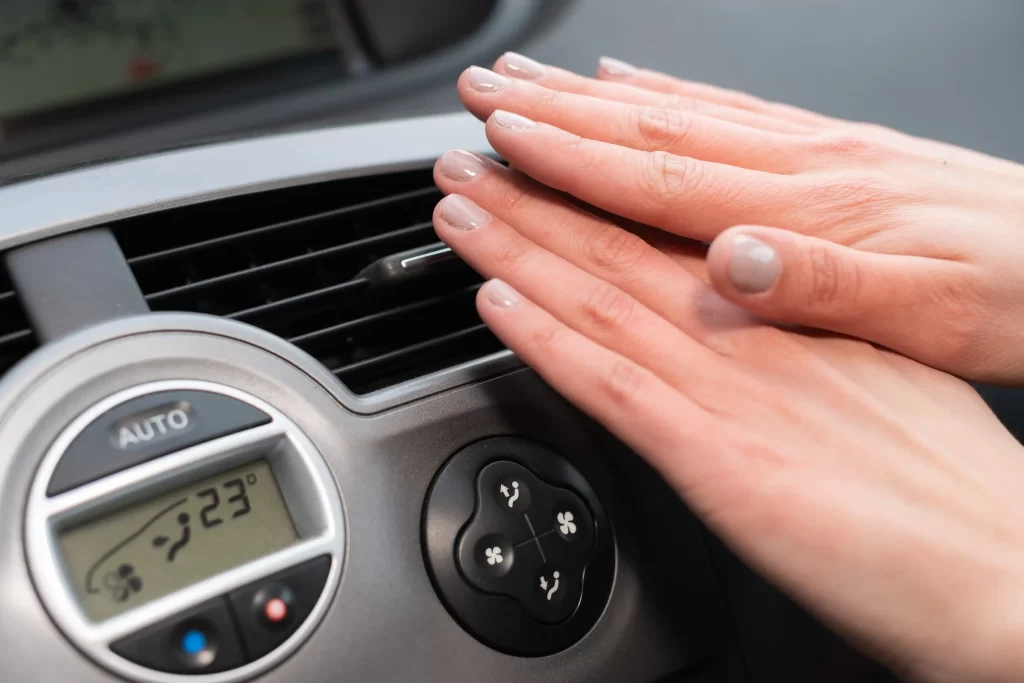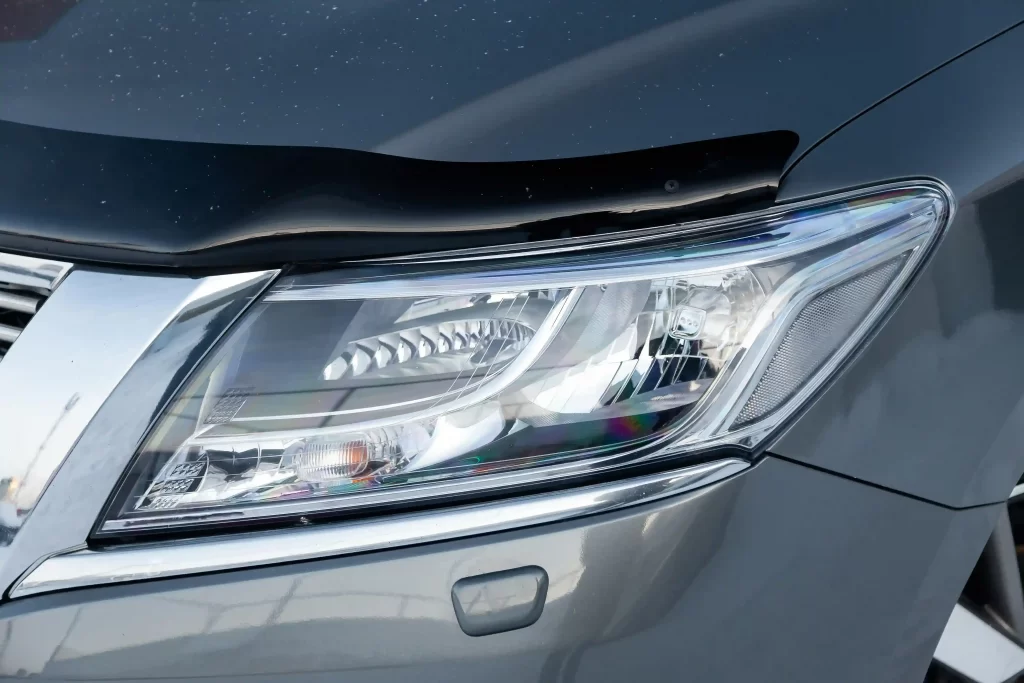One of the most underrated, yet highly essential, accessories in any vehicle is car turn signal lights. To the uninitiated, they may appear like simple, blinking lights; however, their function goes much further than aesthetic appeal-they are actually highly important tools for communication, safety, and legal considerations on the road. Being aware of how they work, features to look out for, and steps to take in keeping them properly maintained can help avoid accidents, improve visibility, and ensure longevity. This overview covers the importance, design and technology features, installation tips, maintaining practices, and things to consider when selecting the right unit for your vehicle. By the end of this article, you should fully understand why investing in high-quality turn signal lights is a necessary prelude to safety and dependability.
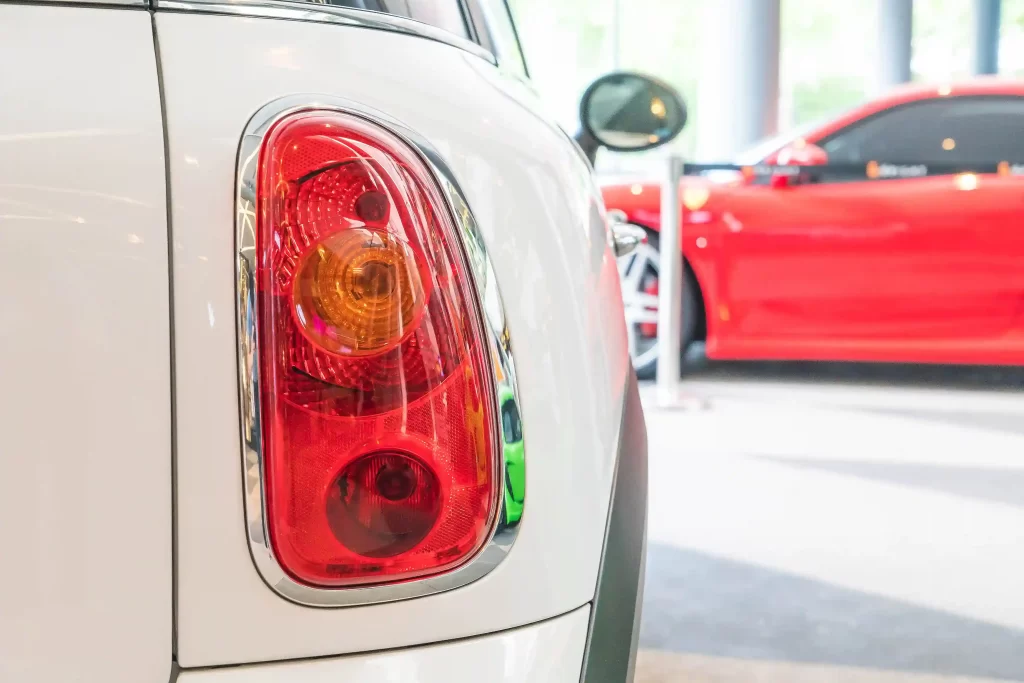
Understanding Car Turn Signal Lights
Before delving deep into the features, installation, or choosing car turn signal lights, it is vital to understand what they are and why they are indispensable. This foundational knowledge provides the context needed to appreciate design quality, technology choices, and proper maintenance. How they work and their significance on the road will give you better options when upgrading or replacing them.
What Exactly Are Car Turn Signal Lights?
The turn signal lights of a car are lighting assemblies that are normally fitted onto the front, rear, and sides of a vehicle. These light assemblies blink on and off to indicate the driver’s intention for turning or changing lanes. They are usually colored amber in order to be highly visible when driving in different conditions and are usually controlled to flash with uniform frequency. Modern assemblies may include LEDs for enhanced brilliance and durability, or various combinations thereof: turn signal, brake light, and taillight, for instance, combined in one unit assembly.
Why Are Car Turn Signal Lights So Important?
The most important thing with turn signal lights is that they are communicative-that is, letting the driver know his intentions on the road. Properly functioning signals reduce confusion and prevent collisions, while non-functional or dim lights may lead to miscommunication and raise the accident rate. Besides, functional turn signals are required by law in most regions; not maintaining them leads to fines or failed inspections. Reliable turn signals contribute both to safety and to legal compliance.
How Do Car Turn Signal Lights Work?
When the driver operates a turn signal switch, an electrical circuit activates a flasher unit that sets up the lights blinking in a steady manner. The lights are connected with the electrical system of the vehicle, including LED module assemblies, halogen light bulbs, and combination units. Modern vehicles increasingly combine turn signals with brake lights and tail lights to create assemblies that could be termed multi-functional, which reduces wiring complexity and expands aesthetics. All these components’ proper electrical connections, correct specifications of bulbs or LEDs, and secure mounting are particularly important to ensure reliable operation.
Design and Feature Considerations for Car Turn Signal Lights
Next, the function and importance of turn signal lights will be discussed, presenting designs, features, and quality. This section transitions the discussion from the basic level of understanding to practical criteria that influence reliability, durability, and performance.
Material, Build Quality, and Durability
High-quality turn signal lights will also be made of impact-resistant and heat-resistant materials, such as ABS or reinforced plastics, for added resistance against environmental wear and tear. Stronger housings and lenses will protect the interior parts against moisture, dust, and vibration for reliable operation in diverse driving conditions. Better-constructed units extend life with fewer replacements for increased safety and cost efficiency.
Advanced Lighting Technologies and Compliance
Due to reasons such as luminosity, longevity, and energy efficiency, LED technology has become increasingly popular with regard to turn signal lights. LEDs light up much faster compared to incandescent bulbs and, therefore, give quicker visual hints to other drivers. Safety and quality standards mean compliance with the law, and certified products may have additional features such as waterproofing, UV resistance, and stable circuitry for reliable operation.
Fitment, Customization, and Inventory Readiness
Selection may be based on compatibility with specific models and years. Appropriately matched units ensure ease of installation and full functionality. Other common customization options may be integrated LED modules, combination brake and signal assemblies, or side markers. Quick availability and stock readiness from a reliable supplier ensure availability of the required parts when needed to minimize downtime.
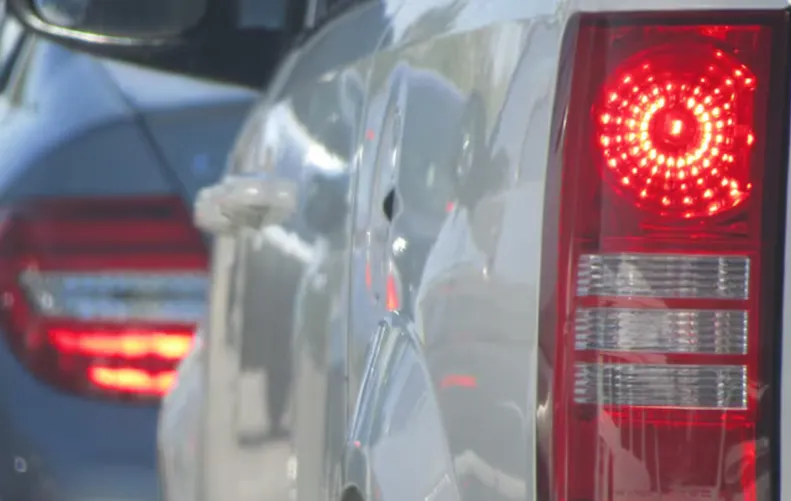
Installation and Maintenance of Car Turn Signal Lights
While understanding design and features is often the key, proper installation and maintenance are just as important in making sure your turn signal lights work both reliably and safely over a long period. This section bridges the gap from selecting the right components to keeping them performing optimally on the road.
Installation Best Practices
Installation starts with verification of compatibility for the model and disconnecting the battery to avoid electrical upsets. The old unit is carefully removed, and connectors are always checked for corroded or damaged conditions. Install the new assembly securely, making sure of proper alignment for seals to avoid moisture ingress. Test the left and right signals for proper blink rates and to ensure that the system works in a safe and efficient way.
Maintenance Tips
One cannot have performance without periodic checks on turn signal lights. Check for any cracks, clouding, or even moisture inside the housing that may affect visibility and cause electrical problems. Clean lenses from time to time and observe flashing speed in order to quickly notice the first signs of failure. In this way, addressing minor issues without delay can prevent larger ones and make the lights continue operating safely.
Troubleshooting Common Issues
Typical faults include one side blinking more rapidly than the other, and a complete failure of a signal, while flickering will emanate due to electrical faults. The common culprits are moisture ingress, failure of LED modules, and worn-out connectors. The use of waterproof, high-quality units with durability brings these issues to a minimum, thus helping in enhancing reliability over the long term.
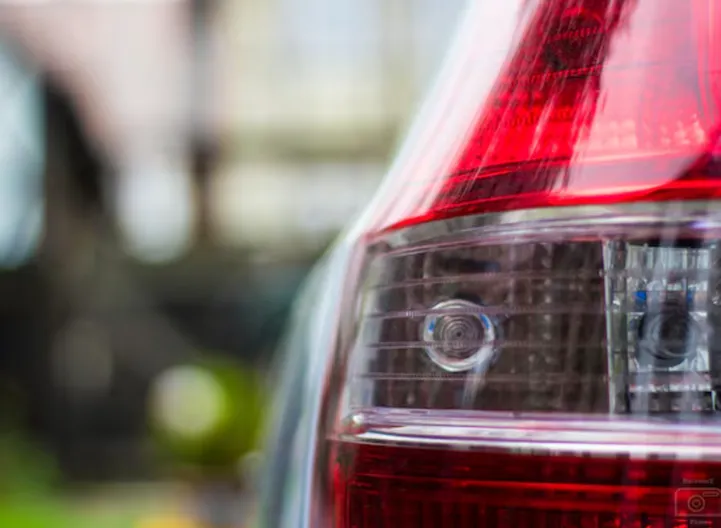
How to Choose the Right Car Turn Signal Lights
After understanding the importance, design, and maintenance practices of car turn signal lights, the final step is learning how to select the right ones for your vehicle. Choosing the correct unit requires balancing multiple factors, including compatibility with your car, the quality of materials, pricing considerations, warranty coverage, and additional features that enhance longevity and performance. By carefully evaluating these aspects, drivers can ensure that the turn signal lights not only function reliably but also provide added value in terms of safety, visibility, and maintenance ease. Making an informed selection helps avoid frequent replacements, prevents installation issues, and contributes to safer driving conditions overall.
Matching the Correct Specification and Vehicle Model
One of the most critical considerations when selecting turn signal lights is ensuring that the unit is fully compatible with your vehicle’s specifications. This includes the car’s year, make, model, and the specific side or location where the light will be installed. Using OEM numbers or equivalent references is a reliable way to verify fitment, which prevents common issues like misaligned mounting points, improper electrical connections, or bulbs that do not meet the required brightness levels. A properly matched turn signal light not only ensures correct operation but also preserves the overall aesthetic of the vehicle while meeting safety regulations.
Balancing Cost, Quality, and Warranty
While it may be tempting to prioritize cost alone, quality should always remain a top consideration when selecting turn signal lights. High-quality materials and reliable electrical components ensure long-lasting performance and reduce the risk of failures on the road. Certifications or compliance with industry standards further indicate reliability and safety. Additionally, a reasonable warranty provides extra confidence, assuring drivers that any defects or malfunctions will be addressed by the supplier. Choosing a supplier with robust support and availability of replacement parts also ensures minimal downtime in case a component needs to be replaced.
Future-Proofing and Value-Added Features
Modern turn signal lights often offer advanced features that increase their long-term value and usability. Options such as LED lighting provide faster illumination, greater energy efficiency, and a longer lifespan compared to traditional halogen bulbs. Multifunction assemblies may combine brake, tail, and signal lights in a single unit, simplifying installation and reducing wiring complexity. Waterproof housings and UV-resistant lenses help protect the internal components from environmental damage, extending the life of the assembly. By selecting turn signal lights with these added benefits, drivers can minimize maintenance efforts and ensure consistent, high-performance operation over time.
Conclusion
Car turn signal lights may seem like a small component of a vehicle, but their role in maintaining road safety cannot be overstated. Understanding their functionality, evaluating design and feature considerations, ensuring proper installation, and following regular maintenance practices are essential steps for every vehicle owner. Selecting high-quality, compatible units not only improves visibility and compliance but also contributes to a longer-lasting, reliable lighting system. Investing in durable, technologically advanced turn signal lights ensures peace of mind, reduces maintenance costs, and ultimately supports safer driving conditions for all road users. For those interested in exploring a wide range of high-quality turn signal lights with advanced features, more information can be found on their official product page Mercedes-Benz BMW Headlight, tail light mill, body kit OEM&ODM factory manufacturer.


